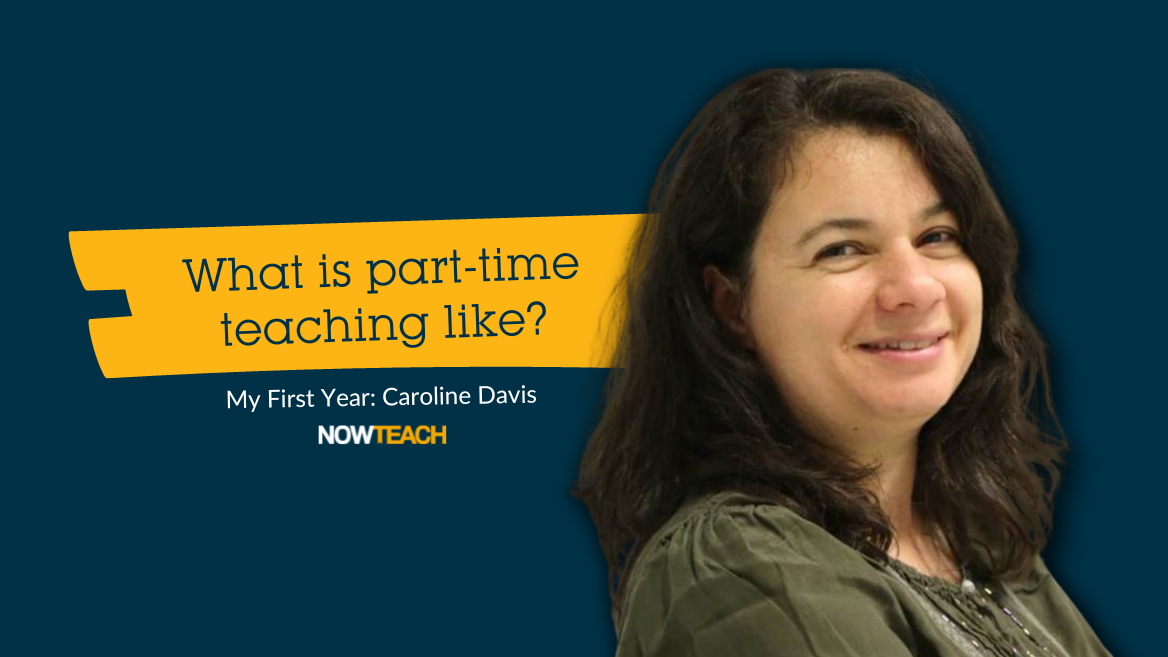We’ve teamed up with our friends Flexible Teacher Talent and MaternityTeacher/PaternityTeacher Project (MTPT) to bring you these principles to help you improve your chances of securing a part-time or flexible role.
Before You Apply
1. Research flexible working
Find some case studies and explore the principles and practices of flexible working.
The Chartered College of Teaching could be a good place to start, they have 20 different case studies and plenty of links to further research.
2. Identify necessities and nice-to-haves
It’s vital to be clear about what you will and won’t compromise on.
- Flexible Teacher Talent say flexibility does not have to mean Part-Time, consider also:
- Compressed hours
- Late starts /Early finishes
- Full Time with one day off site
- PPA all at once and off site
- Talent Partnerships
3. Create your case
Identify likely concerns and think about how you could overcome them.
Common barriers that applicants come up against are structural and attitudinal. These include:
- The logistics of timetabling
- Budget: flexible working is often associated with job sharing and the need for ‘handover time’ increasing costs
- Opening the floodgates: leaders worry they will be inundated with requests for flexible working
- Validity of reasons: childcare can be seen as the only valid reason for flexible working, and leaders are unwilling to consider others
- Fear of impact on students and student outcomes
- Fear of limits on teacher progression
When You Apply
4. Lead with your skills and experience
Show that you are a strong candidate who will be an asset to the school.
Just as you would with any application, you need to show that you are a strong candidate who matches their criteria. It’s about persuading the school that you are the best person for the job, not about your desire for flexibility.
5. Don’t mention flexibility in your letter or CV
Wait until the interview. Don’t mention flexibility at this stage. Even if the role is advertised as flexible, this isn’t the right time to focus on it.
6. Give it a shot
Even if the role isn’t advertised as part-time or flexible, you should apply if you think you are the right candidate.
“The worst that can happen is that the match does not or cannot work - but you have gained a revamped personal statement and valuable interview experience for the next round of applications.”
At Interview
7. Lead with skills and experience
Show you are the best person for the job. Then think about when to mention flexibility.
It might come up. If not, ask a few questions and then raise it as a point for discussion.
Show your enthusiasm about the role and want to know what scope there is for flexibility.
8. Be prepared to be flexible in return
If it is a part-time role, be flexible about which days you can work.
‘Flexibility works both ways and you will need to be prepared to compromise. Suggesting a variance of timetabled hours and being flexible about which days you can work are a great start.’ Says Flexible Teacher Talent.
9. Accept the limitations
Some forms of flexible working will be harder to manage.
The strongest argument against flexible working is that it may have a negative impact on students. Schools exist to educate and develop young people, so flexible working cannot be prioritised above them.
10. Play the long game
Try suggesting a trial period with next steps for follow-up.
“Individuals don’t really come forward with how to do it’’ says one academy head teacher on flexible working. And there is no blueprint for turning out a perfectly-tuned flexible workforce. It is an in-depth process which will take thought, collaboration and training
in order to be implemented successfully. Suggesting a trial period can therefore be a great way to initiate the creation of flexible opportunities for staff.
The benefits that flexible working can offer to schools mean that it should be a strategic priority. It doesn’t have to be done all at once, but it does need to involve key stakeholders and lead to meaningful change.
---
Looking for flexible work and interested in training to teach?
Speak to our Career Change Specialists and find out what route is right for you.
Becoming a teacher is an opportunity to give something back, do something new and, critically, share your skills, experience and insight with young people.
Joining Now Teach means you’ll also become part of a national network of like-minded career changers and receive one-to-one support as you train.




